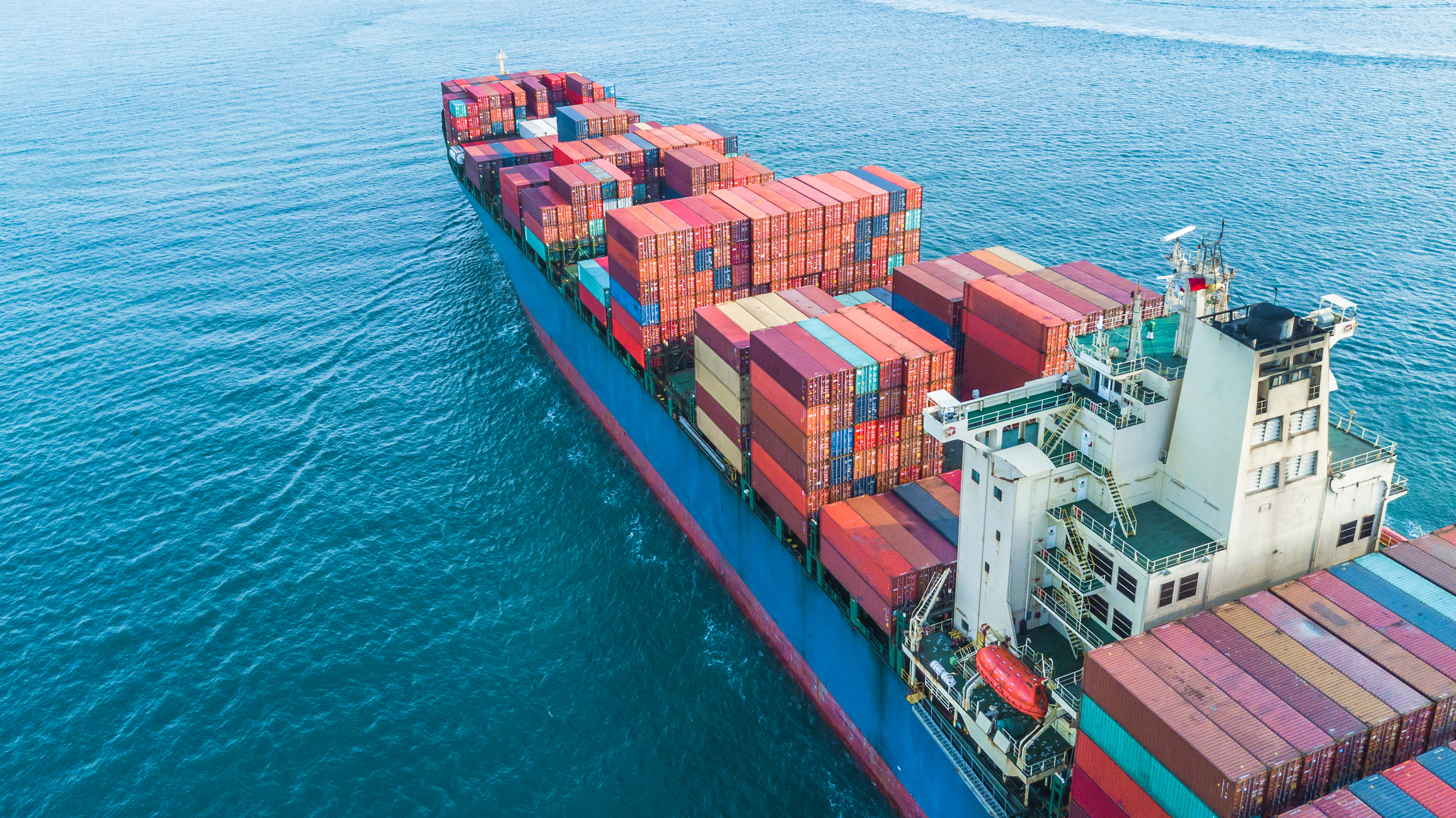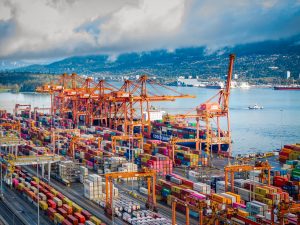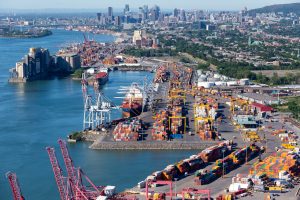By Michael Grey*

He intended to pass. Probably, he won’t make that mistake again We all hope for the best, but it is slightly concerning to consider, in the event of the Houthi attacks on shipping continuing into the southern winter, all these containerships diverting around the Cape of Storms, with their huge, high, deck loads. There was a picture published the other day showing a big far east ship arriving in a European port, deep laden, with boxes eleven high abaft the exhausts. You probably would not take bets against some spectacular stack collapses occurring in an area where exceptional waves are routinely met with.
Will the carriers continue to play the percentage game and hope that if a stack collapses, it happens on someone else’s ship? One anticipates that they will.
There was some useful research undertaken by Gard recently on this topic, especially valuable as it represented a good cross section of these incidents, rather than trying to derive lessons from a single casualty, or just a few. The club studied in-depth incidents that occurred to its own entered ships, between 2016 and 2021, and at claims frequencies on a six-year average.
There may be some alarm that while the average for feeder ships was found to be 1%, for ultra-large container vessels this rose to 9%. There again, if one considers the exposure to bad weather of these big ships, their tendency for faster roll periods and the height of the stacks, this statistic is not so surprising.
The Gard researchers also considered the weather for a period of up to six days before a reported incident, which is also useful, demonstrating the cumulative effect of prolonged and worsening weather upon the safety and stability of a container stack. Here it is easy to understand the gradual slackening of lashings as the ship moves in a seaway, and the likely impracticality of expecting a small number of crew members to take their lives in their hands checking and tightening lashings, as the ship moves increasingly violently, in worsening weather.
It is also not difficult to imagine the gradually deteriorating situation inside a box where the internal securing arrangements have been inadequate and are being tested to destruction by the ship’s movement, ultimately damaging the container itself and prejudicing the integrity of an individual stack.
Pushing the limits in bad weather
But should not the master of a ship be able to avoid the worst of the weather, bearing in mind the sophisticating of modern forecasting and routeing advice? The Gard study notes the phenomenon of different “risk tolerance,” pointing out that while a master might be more than willing to mitigate the possibility of damage by taking a longer and smoother route, the commercial operator may prioritise time and fuel saving, effectively “pushing the limits.” It is not difficult, these days, to imagine which party is calling the shots. The authors also point out that while the theory of bad weather avoidance might seem relatively simple, the practicalities are rather more complex. Similarly, there may be differences in the solutions provided by loading computers to the reality, on account of weight misdeclarations and actual stowage locations.
The club also points to the problem of worn and corroded lashing equipment, which constitutes one of the “top three” issues when containerships are inspected by surveyors. One wonders whether there should be tighter or more stringent routeing criteria when “worn” ships are being operated, as there seems little indication that those stowing cargo will avoid using slots where there are corroded sockets and lashing eyes. Custom and practice in commercial shipping seems to take little account of either external criteria like weather or internal problems such as the age or condition of a ship and its equipment, when considering its capacity on any voyage. Nobody, therefore, should expect that ships diverting around the Cape during the present “emergency” will be more lightly laden. It is a factor of the passing years, but this writer can recall concerned articles being written about the wisdom of loading containers on deck more than two high in the winter on the North Atlantic.
What’s that you said?
Over many years, there have been endless arguments about whether the facility of VHF is an unalloyed benefit, or a menace, to collision avoidance. If you are going to announce your intentions in such a fashion to a ship you are encountering, it is important that the other party understands what you are on about.
Repetition of statements and confirmation of mutual understanding are essential, as a very expensive head-on collision in the Mississippi surely underlines. In the resultant NTSB report, it appears the exchange between the two towboat captains was so economic with their words, that one of them simply forgot what the other had told him about which side.
(Dreamstime photo of large containership)
*Michael Grey is former editor of Lloyd’s List. This column is published with the kind permission of The Maritime Advocate.








